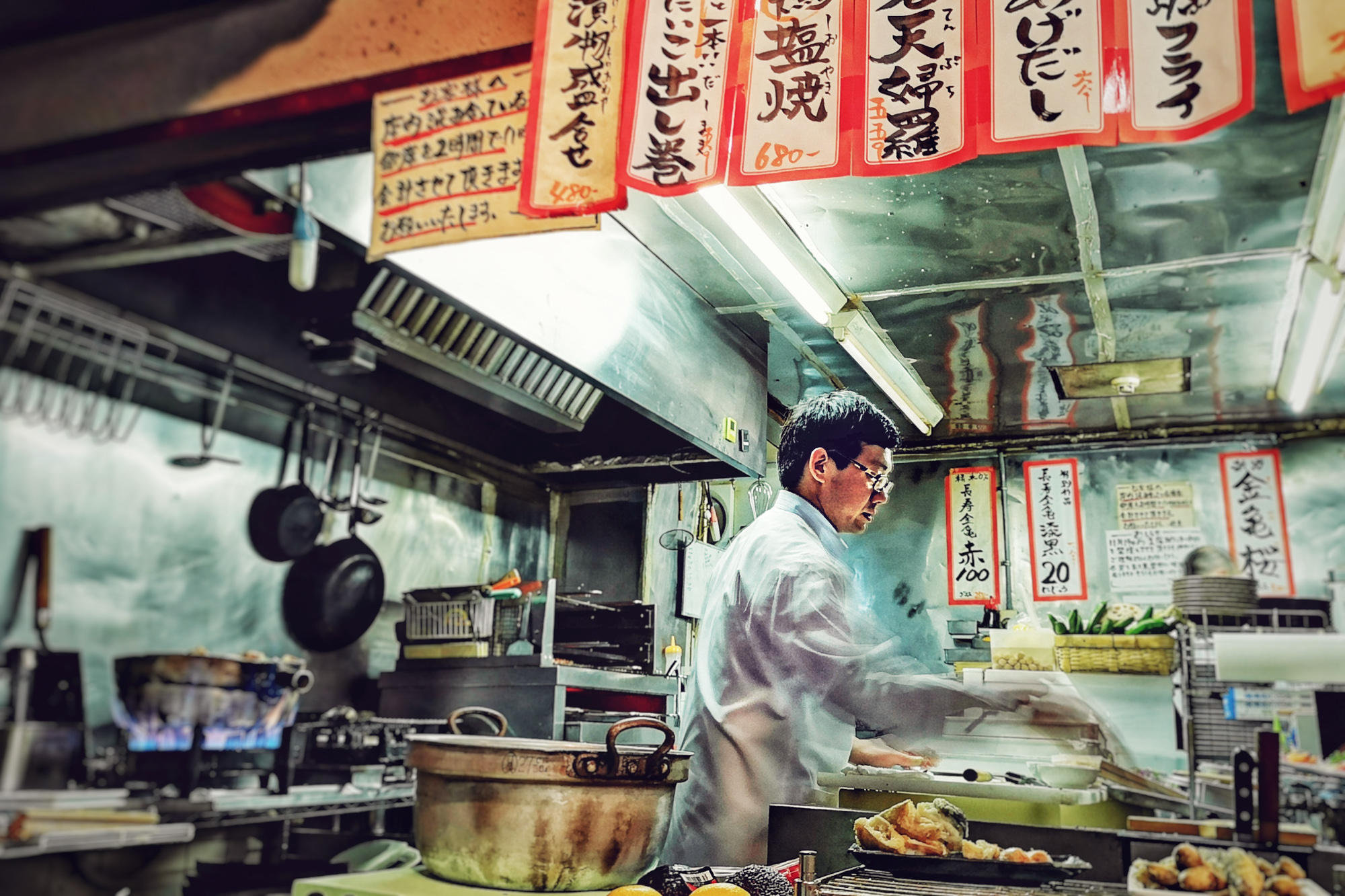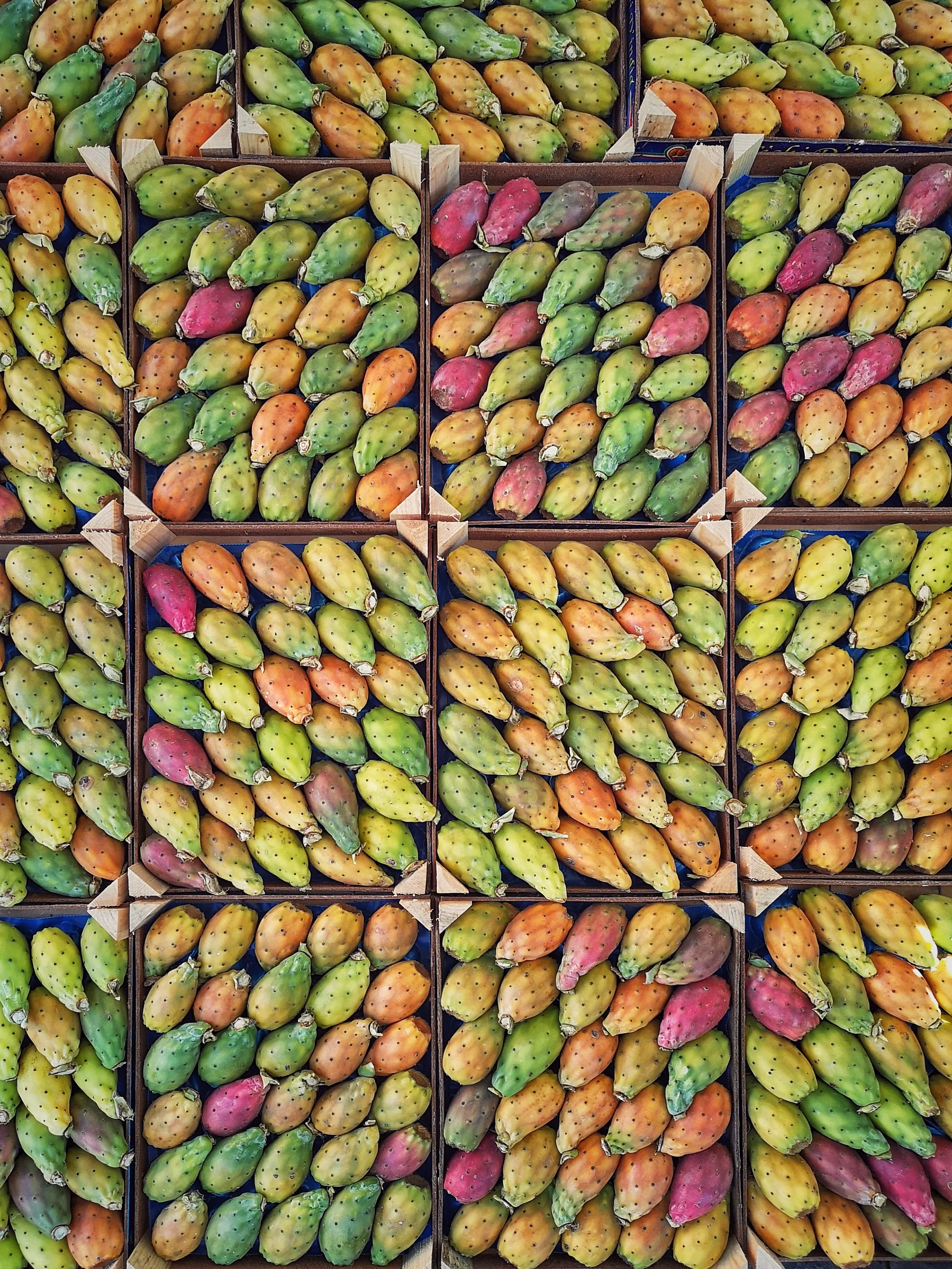I have been excitedly reading rumours about this camera for a while now, since this is the camera I knew I wanted when I saw the Canon EOS R. The EOS R was a camera which I felt, left a gap for people like myself who are used to shooting using the 5D series of cameras from Canon. So when I was approached by Avantech who represent Canon in Malta to organise a panel discussion for the launch of the Canon R5 & R6 in Malta which would coincide with World Photography Day - I excitedly accepted with the condition that i am free to speak my mind, to which they agreed.
Read More


















